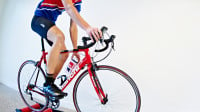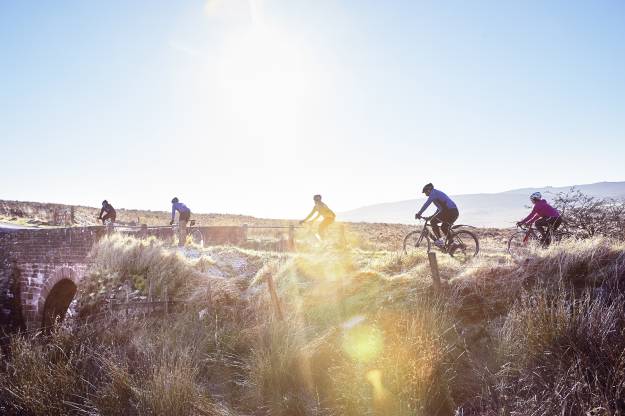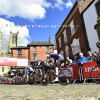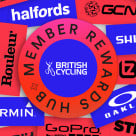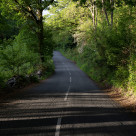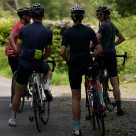Here are our top 10 tips for starting out using a heart rate monitor.
Strap vs wrist
Most heart rate monitors use a chest strap but, if you find these uncomfortable or restrictive, you can now get optical wrist sensors.
No heart rate?
If you’re not seeing a heart rate or are seeing abnormally high numbers, don’t panic! Check the strap battery, that it’s paired with your head unit, correctly positioned and, if necessary, moisten where it contacts with your skin.
Perform a Threshold Test
To train and ride effectively with a heart rate monitor it’s important to first perform a Threshold Test to determine your Functional Threshold Heart Rate (FTHR). This equates to the riding intensity that you could theoretically hold for an hour and was essentially your cycling “red line”.
Calculate Training Zones
Once you know your FTHR you can then calculate your training zones. You can then enter these into your head unit by using the custom heart rate zone setting.
Don’t use generic age based formulae
It can be tempting, rather than performing a Threshold Test, to use generic formulae, such as 220-age, to calculate maximal heart rate and then base zones on that figure. Unfortunately these zones will be woefully inaccurate and totally impersonal. The automatic zone calculation function on some head units will use similar formulae and should be overridden.
Changes in intensity
Heart rate doesn’t change immediately with a shift in effort, there’s always a lag. Be aware of this when doing intervals and don’t go off to hard in an attempt to get your heart rate up quickly.
Set a buffer figure
If you’re trying to stick to a lower heart rate zone on an endurance session, don’t allow your heart rate to rise right to the top of the zone before backing off as it’s likely to carry on rising out of the zone. Start easing off when you’re within 5-7 BPM of the upper end of your target zone.
Don’t rely on average heart rate
If a session calls for you to ride in Zone 2, don’t think that an average heart rate in Zone 2 means job done. It’s possible, if you’ve been straying into Zones 3/4 on climbs and Zone 1 on descents to get an average in Zone 2 without having spent any time riding at that intensity. Keep looking at your monitor and aim to spend as much time in the target zone as possible.
Be disciplined
Many newer riders find staying in the lower heart rate zones difficult but, if sportives are your goal, developing this ability is crucial. Choose flatter routes, fit smaller gears, sit behind others riders but, on endurance rides especially, stick to the prescribed zone. As you get fitter and more efficient on the bike, it’ll get easier and you’ll go faster in that zone.
Indoors can be lower
If you’re doing indoor trainer sessions it’s normal for your heart rate to be lower than your perceived exertion and you might struggle to elevate it to the levels you see outdoors. If you’re regularly training indoors it can be a good idea to do an indoor Threshold Test and set specific indoor training zones.


